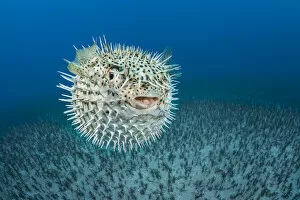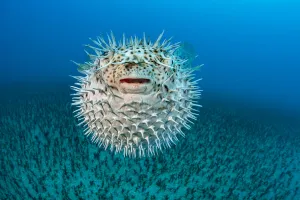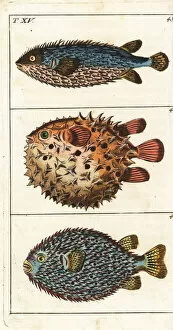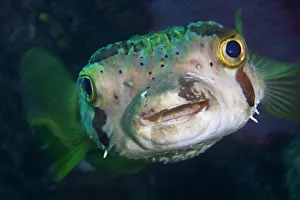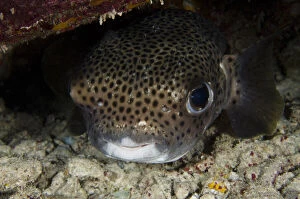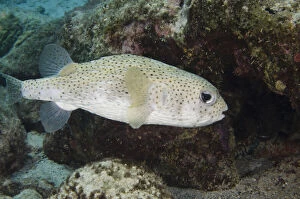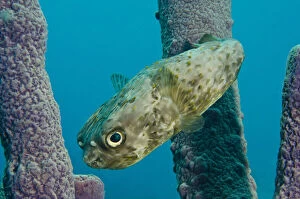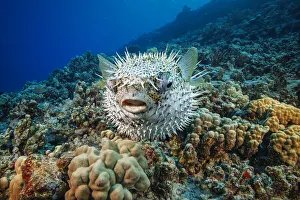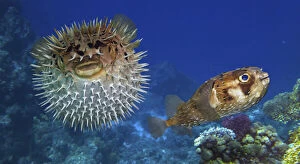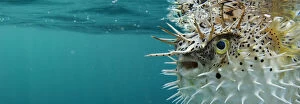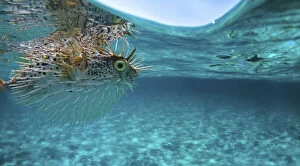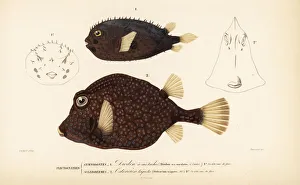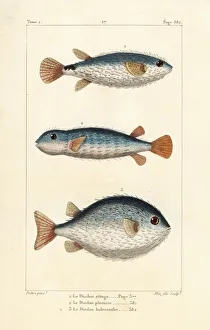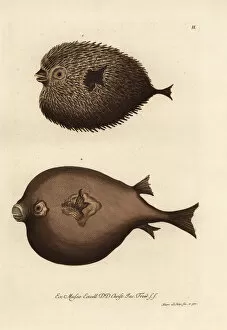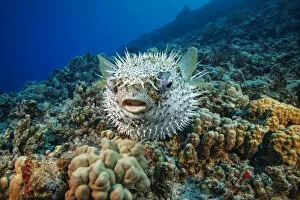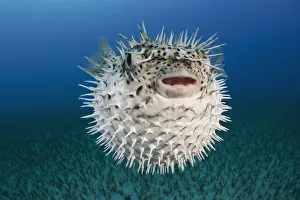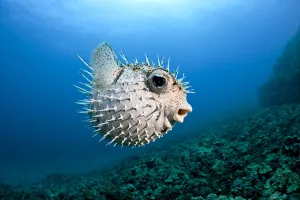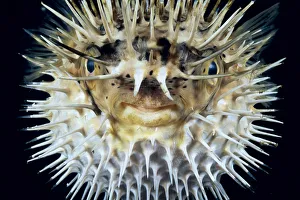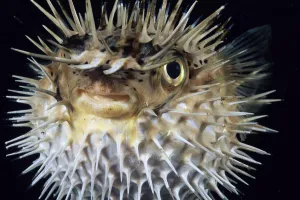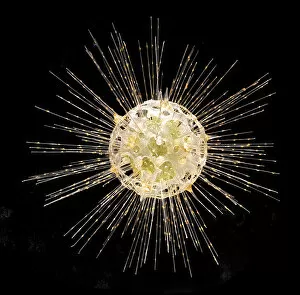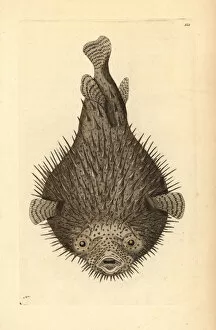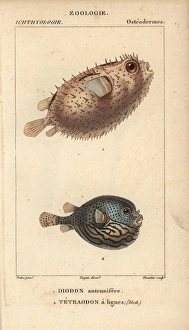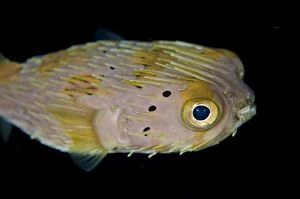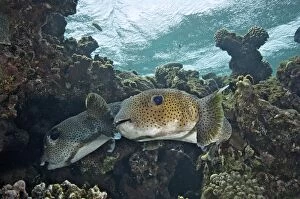Diodon Collection
The diodon, also known as the spotted porcupine fish, is a fascinating creature that displays unique defensive behavior
All Professionally Made to Order for Quick Shipping
The diodon, also known as the spotted porcupine fish, is a fascinating creature that displays unique defensive behavior. When threatened, it has the ability to inflate itself, transforming into a spiky ball of protection. This adaptation serves as a warning to potential predators. In addition to the spotted porcupine fish, there are other species within the diodon family that share similar characteristics. The spotted burrfish and birdbeak burrfish are close relatives and possess their own distinct features. One notable member of this family is the balloonfish found in Cabo Pulmo National Park in the Sea of Cortez. Its vibrant colors and intricate patterns make it a sight to behold underwater. Interestingly, not all creatures named "diodon" belong to this particular group. For example, Dorataspis diodon refers to a radiolarian organism rather than an actual fish. As we delve deeper into understanding these creatures' taxonomy, we come across various identification numbers such as DDE-90027075, DDE-90027065, and DDE-90027032 associated with them. The diodon's habitat extends beyond just one region; they can be found swimming over reefs in Hawaii's Pacific Ocean too, and is truly mesmerizing witnessing these spotted porcupinefish gracefully navigating through coral formations. However, it's when they feel threatened that their true defense mechanism comes into play – inflating themselves with seawater. This act not only makes them appear larger but also deters potential predators from attacking them. Whether you encounter one labeled 13132569 or 13132568 or even 13132567 during your underwater adventures or learn about its scientific classification through identification numbers - remember that each diodon species possesses its own allure and contributes uniquely to our marine ecosystem.

